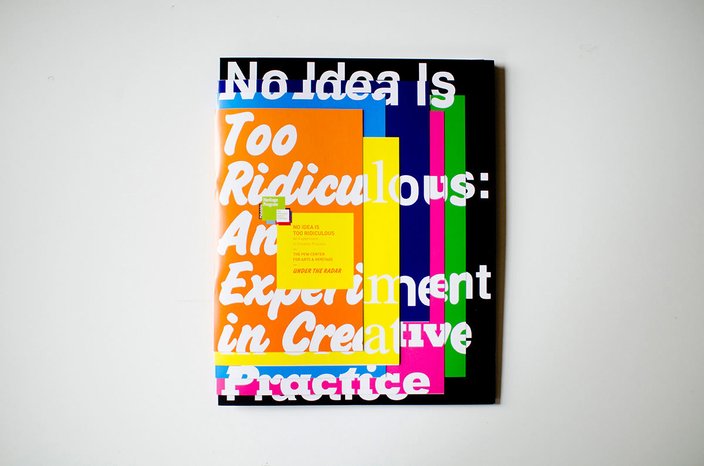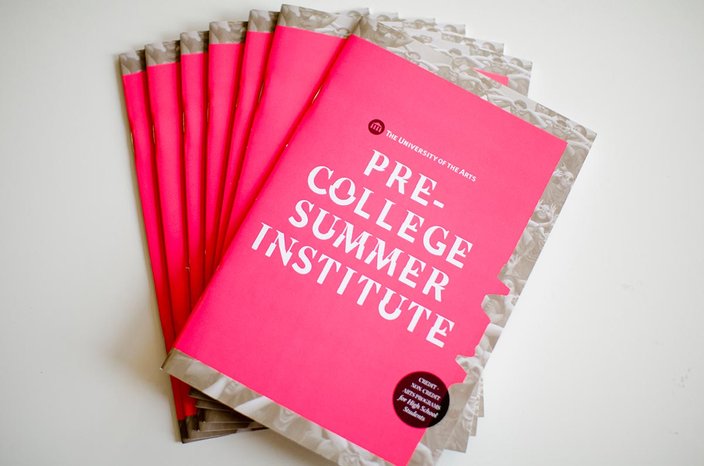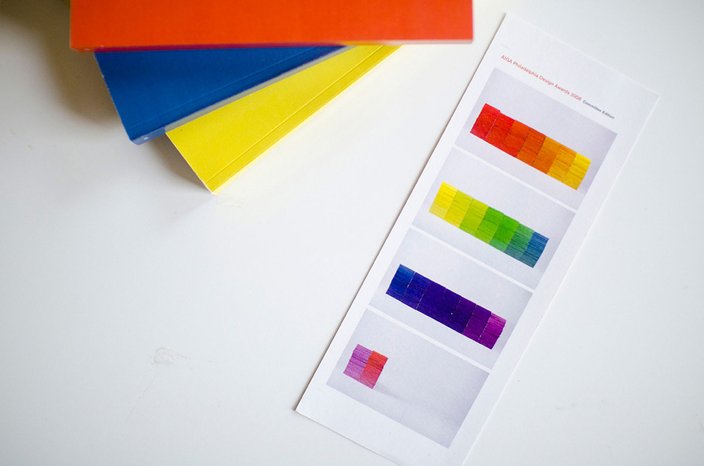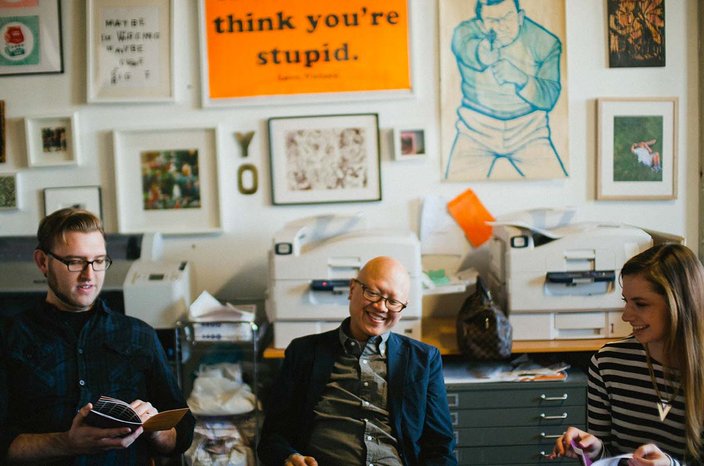
January 29, 2016
 E. M. Ricchini/GDLOFT
E. M. Ricchini/GDLOFT
An exhibition catalog for the Muhlenberg College art show "Paper Architecture," designed by GDLOFT.
No doubt about it: The creative class is booming, especially here in Philadelphia. Take a look at any and every available loft space in the city -- new artist studios are popping up in just about every neighborhood. Co-working spaces aimed at young creatives are on the rise, and graphic design seems to be particularly hot at the moment. With many Millennials moving to the city, and bringing their own aesthetic ideals along for the ride, marketers have their work cut out for them.
One local graphic design studio says Philly hasn’t even reached the peak of its new creative renaissance. Allan Espiritu, founder and creative director of GDLOFT, cites Philly’s affordability for attracting young creatives. He believes big changes are on the horizon for our city’s artistic community, and he wants to help put those changes into action.
As a graphic design studio, however, Espiritu and his team want nothing to do with the traditional fundamentals of the art. They don’t want to send out emails that’ll be instantly clicked over to the trash folder. In fact, they don’t want to work in digital media at all; they only offer their clients work in print. It might seem backward now, but their methods may be the future or art and advertising.
 E. M. Ricchini/GDLOFT
E. M. Ricchini/GDLOFTA catalog created for the Pew Center for Arts and Heritage for their “No Idea Is Too Ridiculous“ program, designed by GDLOFT.
“We have a love for things that come in the mail," he said, "Print equals something very personal -- it means someone took the time to do something special.”
“Print makes you touch things -- to turn the page, to fold something.”
 E. M. Ricchini/GDLOFT
E. M. Ricchini/GDLOFTA catalog for University of the Arts' pre-college summer institute, designed by GDLOFT.
Millennials know what they want -- and they know how they want it to look -- because they’re artisans, makers and designers themselves. They need more than a quick email blast or a black and white trifold brochure. They need something crafted with intent.
Borrowing from his postgraduate education at Yale University School of Art, Espiritu -- and GDLOFT’s -- work is inspired by 1960s Conceptualism, a style that favors the idea behind a piece of art rather than the visuals. This idea is exemplified by what Espiritu excitedly said is one of his favorite projects: the AIGA Philadelphia Design Awards catalog he designed in 2008. The project was called “Show Some Love” and featured not just that year’s award winners but all 576 entries. This project, he said, was a chance for him to challenge Walter Benjamin’s essay.
 E. M. Ricchini/GDLOFT
E. M. Ricchini/GDLOFTA peek at the AIGA Philadelphia Design Awards 2008 catalogs, each printed in a different shade and stacked accordingly, designed by GDLOFT.
"As soon as someone took a book, the sculpture didn’t exist anymore," he said.
In that spirit, Espiritu and his team want to create pieces with staying power. They want to deliver literature that you’ll keep, and pieces of art that may also inspire you to create some of your own.
 E. M. Ricchini/GDLOFT
E. M. Ricchini/GDLOFTFrom left to right, Kevin Kernan, Allan Espiritu and Chelsea Majuri of GDLOFT.
In other words, designers know they just can’t market to people the way they used to. This newfound focus on artful advertising is where GDLOFT thrives. They create beautiful, visual works of art that stand out from the junk mail that’s likely to be tossed right into the recycling bin.
“We kind of blur the line between graphic design and fine art,” Espiritu said.
Espiritu will be sharing more of his thoughts on design and fine art in a talk titled "Stay With Me" at 3rd Street Gallery on Feb. 24, at 6:30 p.m.